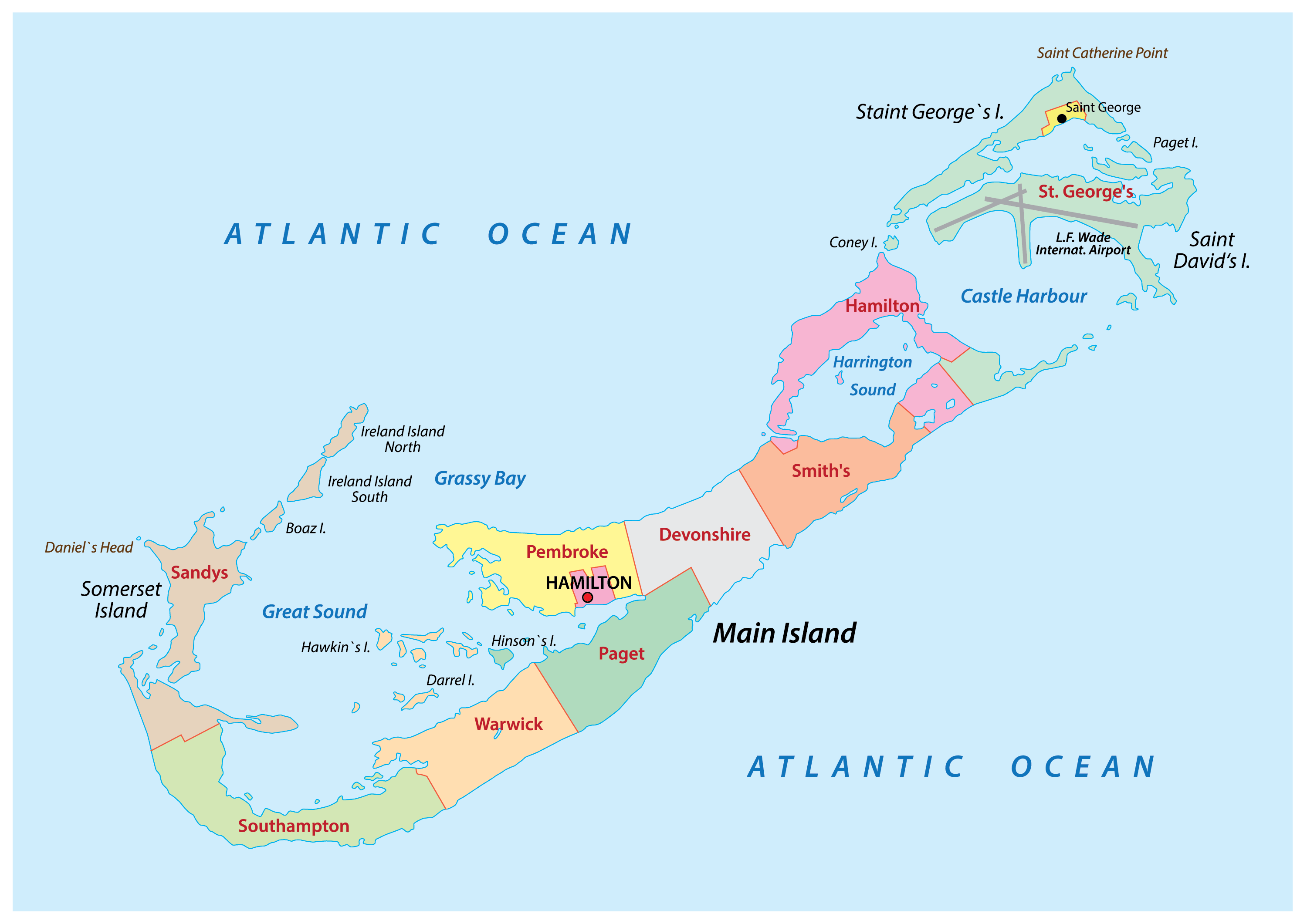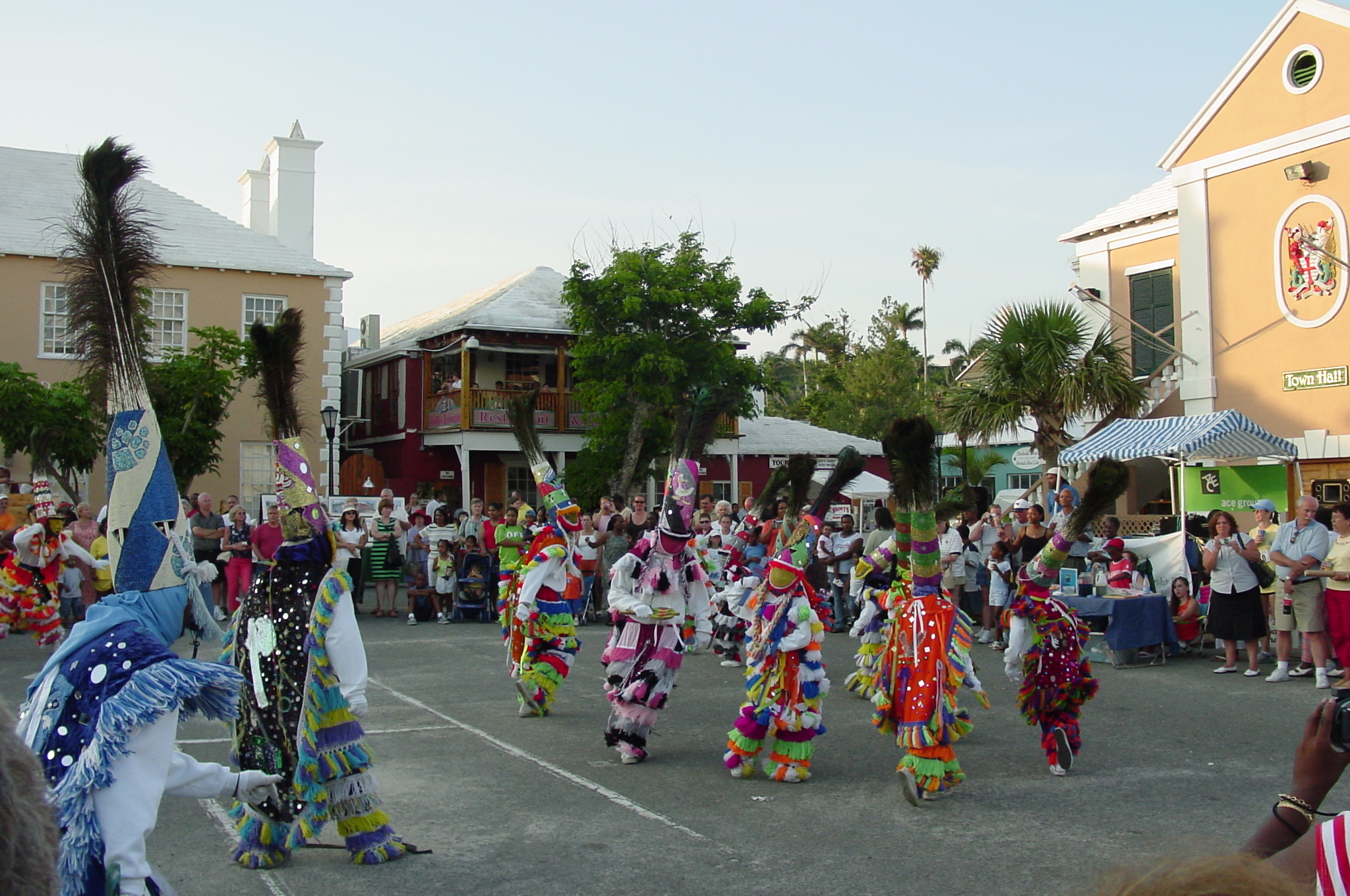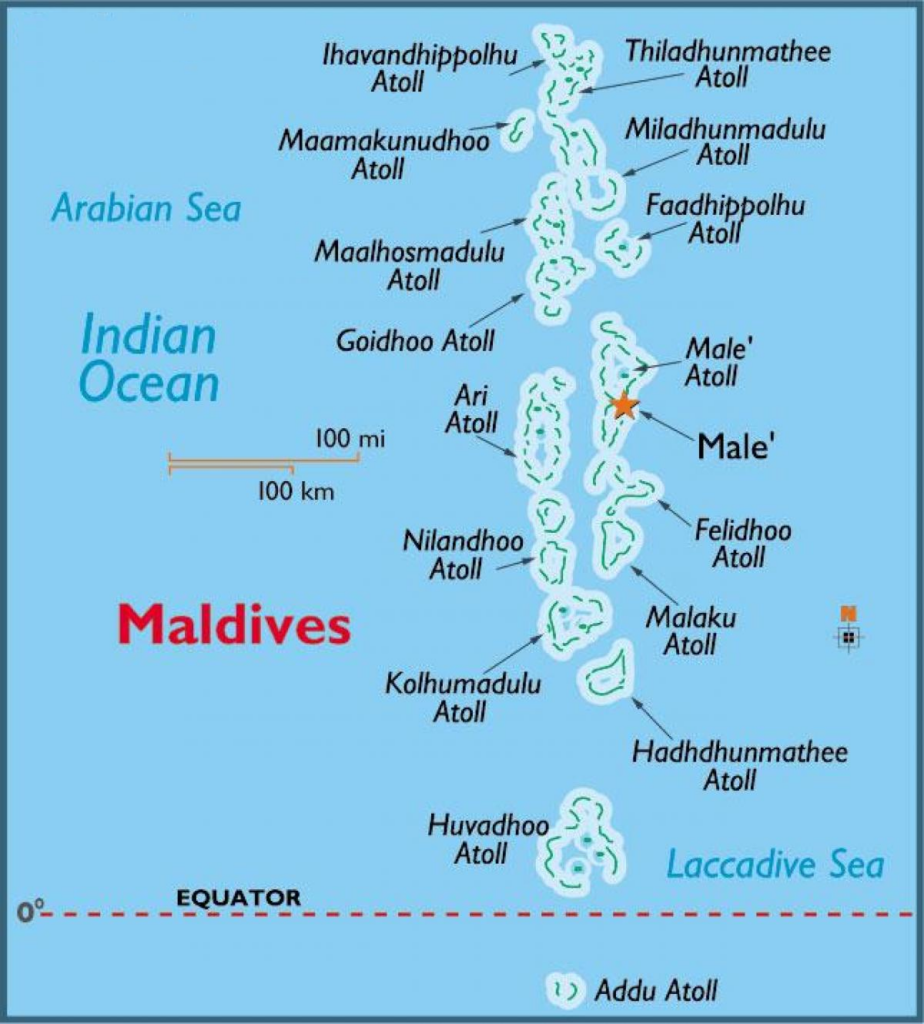Introduction
Bermuda, a picturesque British Overseas Territory located in the North Atlantic Ocean, is renowned for its stunning pink sand beaches, crystal-clear waters, and vibrant culture. This comprehensive guide explores the geographical, historical, and cultural facets of Bermuda, providing an in-depth look at its maps and key facts.
Geography of Bermuda
Location and Size
Bermuda is situated approximately 1,070 km (665 miles) east-southeast of Cape Hatteras, North Carolina, USA. Despite its common misconception as part of the Caribbean, Bermuda lies far north of the Caribbean Sea. The territory is composed of about 138 islands, with the seven largest connected by bridges, forming a crescent-shaped landmass.
- Coordinates: 32.3078° N, 64.7505° W
- Total Area: 54 square kilometers (21 square miles)
Topography and Climate
Bermuda’s topography is characterized by low hills and a relatively flat landscape, with its highest point, Town Hill, rising to 79 meters (260 feet) above sea level. The island boasts a subtropical climate, moderated by the Gulf Stream, resulting in mild winters and warm, humid summers.
- Average Winter Temperature: 18°C (64°F)
- Average Summer Temperature: 30°C (86°F)
- Annual Rainfall: Approximately 1,400 mm (55 inches)
Historical Overview
Early Settlement and Colonial Era
Bermuda was first discovered by Spanish explorer Juan de Bermúdez in 1505, but it remained uninhabited until 1609 when the English Virginia Company ship, the Sea Venture, wrecked on its shores. The survivors established a settlement, marking the beginning of Bermuda’s colonial history.
- First Settlement: 1609 (by English colonists)
- Official British Colony: 1684
Economic Development
Throughout its history, Bermuda’s economy has evolved from agriculture and maritime industries to tourism and international business. The island became a strategic naval base for the British during the American Revolution and later during World War II.
- Tourism Boom: Mid-20th century
- International Business Hub: Late 20th century to present
Political and Administrative Structure
Government and Administration
Bermuda is a self-governing British Overseas Territory with its own parliament and constitution. The government operates under a parliamentary representative democratic framework.
- Capital: Hamilton
- Official Language: English
- Currency: Bermudian Dollar (BMD), pegged to the US Dollar (USD)
Divisions and Parishes
Bermuda is divided into nine parishes and two municipalities. The parishes serve as important cultural and administrative divisions, each with unique characteristics.
- Parishes: Hamilton, Pembroke, Devonshire, Paget, Warwick, Southampton, Sandys, Smith’s, and St. George’s
- Municipalities: City of Hamilton and Town of St. George
Culture and Society
Demographics
Bermuda has a diverse population with a blend of African, European, and Caribbean influences. The island’s culture reflects this diversity through its music, cuisine, and festivals.
- Population: Approximately 63,000 (as of 2021)
- Ethnic Composition: Predominantly African descent, with significant European and mixed-ethnicity communities
Language and Religion
English is the official language of Bermuda, spoken by nearly the entire population. The predominant religion is Christianity, with a variety of denominations represented.
- Primary Language: English
- Major Religions: Anglican, Roman Catholic, Methodist, and other Christian denominations
Economy and Infrastructure
Key Industries
Bermuda’s economy is driven by tourism, international business, and financial services. The island is a leading offshore financial center, attracting numerous insurance and reinsurance companies.
- Tourism: Beaches, golf courses, historical sites
- International Business: Insurance, reinsurance, banking, and financial services
Transportation
Bermuda has a well-developed transportation system, including a network of roads, public buses, ferries, and taxis. However, there are no rental cars available; instead, visitors can rent scooters or electric minicars.
- Airports: L.F. Wade International Airport (primary gateway)
- Public Transport: Buses and ferries
Maps of Bermuda
Political Map
A political map of Bermuda highlights the nine parishes and the two municipalities. It also delineates key towns and cities, including the capital, Hamilton, and the historic Town of St. George.
Physical Map
The physical map of Bermuda showcases the island’s topography, including its low hills, coastal features, and bodies of water. It provides a visual representation of Bermuda’s unique geographical layout.
Road Map
Bermuda’s road map details the island’s road network, including major highways, secondary roads, and transportation hubs. This map is essential for navigating the island’s scenic routes and urban areas.
Fun and Interesting Facts
- Pink Sand Beaches: Bermuda is famous for its pink sand beaches, caused by the presence of red foraminifera mixed with white sand.
- Golf Courses: The island boasts more golf courses per square mile than anywhere else in the world.
- Shipwreck Capital: Bermuda’s surrounding waters are home to around 300 shipwrecks, making it a premier destination for divers.
- Gombey Dancers: The Gombey tradition is a colorful and rhythmic dance unique to Bermuda, reflecting African, Caribbean, and British influences.
Commonly Asked Questions
What does Bermuda’s flag represent?
Bermuda’s flag features a red ensign with the Union Jack in the top left corner and the Bermudian coat of arms on the right. The coat of arms depicts a red lion holding a shield that displays the wreck of the Sea Venture, symbolizing Bermuda’s maritime history and British heritage.
What is the national symbol of Bermuda?
The national symbol of Bermuda is the Bermuda petrel, also known as the Cahow. This seabird is endemic to Bermuda and represents the island’s unique biodiversity and commitment to conservation.
What is the slogan of Bermuda?
Bermuda’s official slogan is “Bermuda: Another World,” highlighting the island’s distinct and enchanting atmosphere that sets it apart from other destinations.
How did Bermuda get its name?
Bermuda is named after Spanish explorer Juan de Bermúdez, who discovered the island in 1505. Despite his discovery, the island remained uninhabited until the arrival of English settlers in 1609.
What is Bermuda best known for?
Bermuda is best known for its stunning pink sand beaches, crystal-clear turquoise waters, and vibrant cultural heritage. The island is also renowned for its historical significance, as well as its role as a leading offshore financial center.
What is the language of Bermuda?
The official language of Bermuda is English, spoken by nearly the entire population. The island’s dialect has been influenced by its British colonial history and American proximity.
What is Bermuda called now?
Bermuda is officially known as the “Bermuda Islands” or simply “Bermuda.” It remains a British Overseas Territory, with internal self-governance and a strong cultural and economic connection to the United Kingdom.
What is the meaning of Bermuda?
The name “Bermuda” originates from Juan de Bermúdez, the Spanish explorer who first discovered the island. It reflects the island’s early European exploration and maritime heritage.
What is the population of Bermuda?
The population of Bermuda is approximately 63,000 people. This small island is densely populated and known for its diverse and vibrant community.
What is the capital of Bermuda?
The capital of Bermuda is Hamilton. This bustling city is the financial center of the island and home to many historical landmarks and cultural attractions.
What is Bermuda’s time zone?
Bermuda operates in the Atlantic Time Zone (AT). During daylight saving time, it shifts to Atlantic Daylight Time (ADT), which is one hour ahead of Eastern Standard Time (EST).
Conclusion
Bermuda, with its unique blend of natural beauty, rich history, and vibrant culture, offers a fascinating subject for exploration. From its geographical features and climate to its economic significance and cultural heritage, Bermuda stands out as a remarkable destination. Understanding its maps and key facts not only enriches our knowledge but also enhances our appreciation for this enchanting island paradise. Academic and governmental references provide authoritative insights, ensuring a comprehensive and accurate portrayal of Bermuda’s multifaceted identity.
- The Real History Behind The Archimedes Dial Featured In Indiana Jones! - August 19, 2024
- The March Of The 10,000 Greek Hoplites! - August 19, 2024
- Succession Of The Roman Empire! - August 17, 2024





